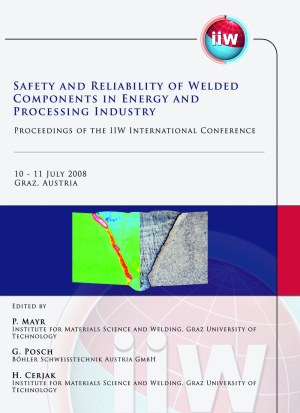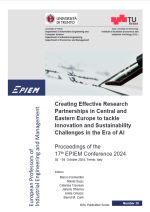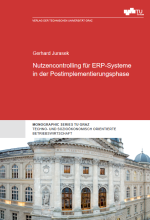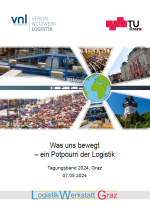Preface
The challenge of the next decades is to cover the strongly increasing energy demands of mankind. As all confident forecasts show, traditional primary energy resources like coal, oil and gas will stay the ost important ones, but also alternative resources as water, hydrogen, wind and solar will get more and more attractive – and their low input to the nowadays often discussed CO2-balance makes them avourable. Nevertheless, relying on these resources would probably not cover the future demands and additionally nuclear energy will be established in a much broader sense. A further important issue will be the exploration, the transportation, and also the processing of these energy resources by industries which convert them into a usable form of energy for their customers.
To take up the arising challenges, designers and engineers have to focus on various topics:
application of new materials and technologies, design of new, much more efficient and bigger plants and also on the prediction of remaining lifetime of production units and the refurbishment of older plants.
A key issue thereby is the joining technology – and welding is for sure the most important technology in this industry segment. Almost all components in the energy and processing industry are produced by applying welding procedures and the main questions which arise are:
How to design the welded structure?
How to establish the welding procedure specification?
And how sound and safe is the fabricated weld?
A deep knowledge about the base metals, the welding processes, the influence of the processes on the base metals and also special knowledge of filler metals is mandatory. However, not only designers and engineers need to know this: all the welding specialists and even the welders in this business must know the basic principles. This arises an additional challenge for the education and training sector: How can knowledge, also including the workman’s skills, be efficiently and quickly transferred to the next generation of designers, engineers, technologists and welders.
The permanent work on these fundamental issues is one of the main tasks of the International Institute of Welding (IIW). IIW unites worldwide welding experts, transports basic knowledge to places where it is needed, works on standardization as well as on welders’ health and sets up concepts for welding education and training – an essential issue within a global welding world.
This International Conference can be seen as one part of these IIW activities. Leading experts of the energy and processing industry from all over the world give an overview about the present situation and future developments in power generation and processing industry and share their expertise and knowledge.
With more than 130 contributions this International Conference on “SAFETY AND RELIABILITY OF WELDED COMPONENTS IN ENERGY AND PROCESSING INDUSTRY” represents the state-of-the-art and gives an actual survey of the welding technologies in this booming industry area.
Gerhard Posch, Peter Mayr
Conference Chairmen






